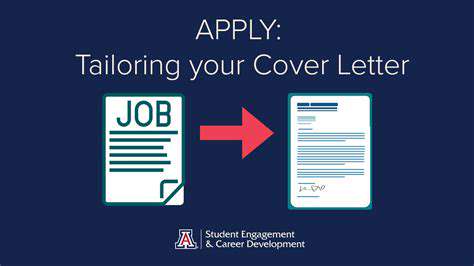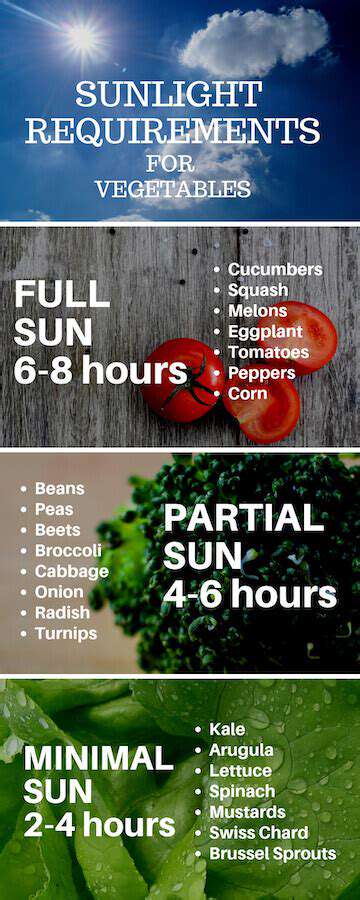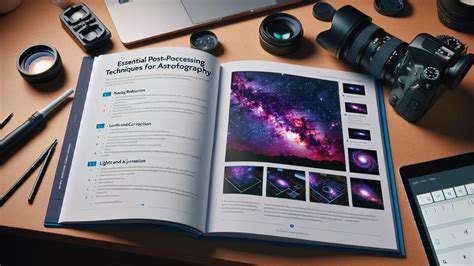How to Write a Compelling Cover Letter
Understanding the Employer's Perspective
Creating a standout cover letter requires more than just listing qualifications. The key lies in demonstrating a genuine grasp of what the employer truly needs. Before putting pen to paper (or fingers to keyboard), invest time in thorough research about the company's culture, current initiatives, and the specific challenges they face in the role you're pursuing. This groundwork enables you to craft a letter that speaks directly to their situation, rather than sending a generic template that could apply to any job.
This research-driven approach immediately sets you apart from candidates who submit cookie-cutter applications. When you can reference specific company projects or values in your letter, it shows you've gone the extra mile - a quality hiring managers notice immediately. Understanding the employer's pain points allows you to position your skills as solutions, creating a compelling case for your candidacy.
Identifying Key Skills and Experiences
With your research complete, conduct an honest inventory of your professional journey. Look beyond job titles and responsibilities - focus on moments where you made a measurable difference. Ask yourself: When did I solve a problem similar to what this company faces? What unique value did I bring to past roles that would translate well here? Concrete examples with specific outcomes (increased department efficiency by 20% through implementing new workflow systems) carry far more weight than vague claims of excellence.
Tailoring Your Language to Match the Job Description
Pay close attention to the specific words and phrases used in the job posting. Mirroring this language serves two important purposes: it demonstrates your attention to detail and helps your application pass through applicant tracking systems (ATS) that screen for keyword matches. However, avoid simply parroting the posting - instead, show how your experience embodies what they're seeking.
Highlighting Relevant Achievements and Projects
Select 2-3 career highlights that directly relate to the position's requirements. For each, follow this structure: Challenge (what problem existed), Action (what you specifically did), Result (the measurable outcome). This CAR method creates compelling narratives that help hiring managers visualize your potential impact on their team.
Demonstrating Transferable Skills
When direct experience is limited, focus on adaptable competencies. Leadership, analytical thinking, and collaboration skills often transcend industries. Provide concrete examples of how you've successfully applied these skills in different contexts, emphasizing how they would benefit this specific role. This demonstrates your ability to quickly add value, even in unfamiliar environments.
Connecting Your Interests to the Employer's Mission
Genuine enthusiasm is difficult to fake and easy to spot. Identify aspects of the company's work that genuinely excite you, and explain why. This personal connection makes your application memorable and suggests you'll be an engaged, motivated team member rather than just someone looking for any job.
Proofreading and Refinement
After drafting, set your letter aside for at least a few hours before reviewing with fresh eyes. Read it aloud to catch awkward phrasing, and consider asking a trusted colleague for feedback. Even minor errors can undermine an otherwise strong application, so this final polish is crucial for making the best possible impression.
Highlighting Your Skills: A Powerful Skill Showcase
Identifying Your Key Skills
Effective skill presentation requires moving beyond generic buzzwords. The most compelling applications show rather than tell - instead of claiming to be a problem solver, describe a specific challenge you faced, the steps you took to address it, and the positive outcome that resulted. This storytelling approach makes your abilities tangible and memorable.
When selecting which skills to highlight, consider both the explicit requirements in the job description and the implied needs of the role. For example, a project management position might explicitly request experience with specific methodologies, but will also value demonstrated abilities in team coordination and deadline management. Your examples should address both the stated and unstated needs of the position.
Quantifying Your Achievements and Impact
Numbers tell a powerful story. Wherever possible, include specific metrics that demonstrate your impact: percentages improved, dollars saved, time reduced, or goals exceeded. A single concrete statistic often carries more weight than paragraphs of qualitative description. For example: Reduced customer response time from 48 hours to 6 hours through implementation of new ticketing system, resulting in 30% increase in satisfaction scores.
When exact numbers aren't available, use comparative language (faster than industry average, highest in department) or approximate ranges (approximately 25% improvement). The goal is to provide context that helps the reader understand the scale and significance of your contributions.
Remember that quantification isn't just about numbers - it's about demonstrating value. Even in roles where metrics are less obvious (like creative positions), you can quantify your impact through things like deadlines met, projects completed, or recognition received.














